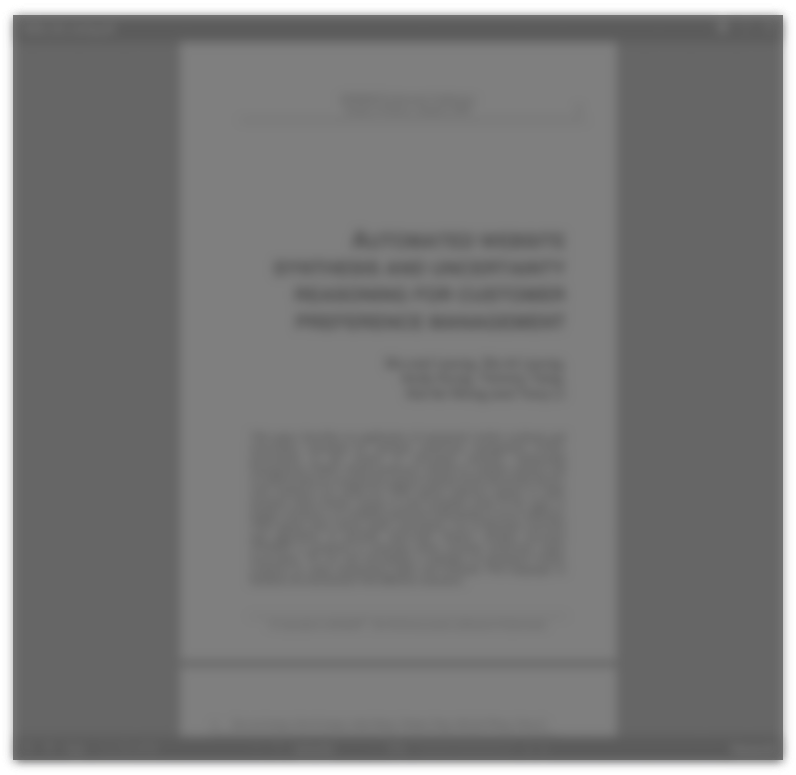Abstract:
Television plays an important role in this country, as a mass communication medium, as the incidence of TV sets is around 80% of homes in Brazil, going and up to 95 % in the main urban centers. On the other hand, the distribution of wealth in Brazil is such that the consumption of most products is highly concentrated in the upper levels of the population. In consequence, the behaviour of the upper socio-economic classes is very important in marketing and advertising decisions. This paper examines differences in TV watching behaviour and their relation to social-economic aspects. Special emphasis is given to the influence of new devices and equipment that are related to the habits of TV viewing, such as the use of remote control, video-cassette recorders, etc. Data are based on the initial phase of "peoplemeters" in Brazil, in replacement of set-meters and diaries. This phase started in the Metropolitan Sao Paulo area (the most important economic area of the country) with a sample of 234 households, which will be expanded to 600 households in 1991. In consequence, while we dispose of reliable information of overall household TV audience, the individual data are currently based on too small a sample to allow conclusive analysis. All the analysis are based on a 2 week period, from February 18th to March 3rd, 1991.







